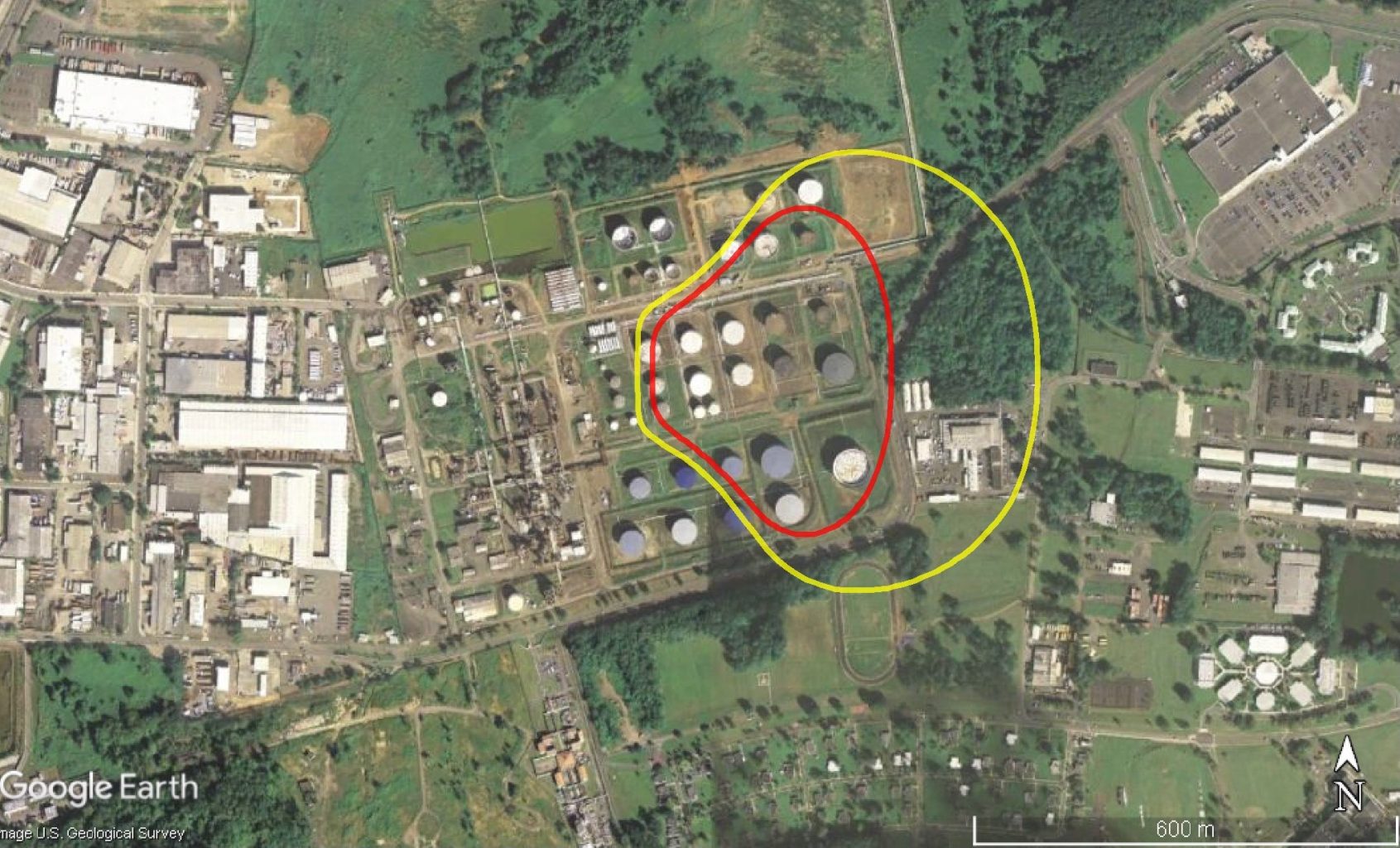Documents
PHAST is used to analyse situations that present potential hazards to life, property and the environment and to quantify their severity. Consequences may then be managed or reduced by design of the process or plant, modification to existing operational procedures, or by implementing other mitigation measures.
Key Differentiators
Plant layout
Inventory planning
Pollution control
Providing input to major accident prevention and safety management planning
Emergency response plan development
Safety case preparation
Compliance with regulations
Non-standard operations analysis
Modelling
Key Functions
Calculate discharge of mixtures and pure comnents in scenarios of leaks, catastrophic ruptures, relief valves and disk ruptures, tank roof collapse, venting from tank vapor space, etc.
Calculate dispersion of gas and liquid for evaluation of fire, explosion or toxic release to quantify possible risks.
Calculate venting frequency.
Analyze explosion and toxic possibility, including liquid rainout, pool spreading and vaporization, jet fire, pool fire, fire ball, explosion, etc.
Build charts of high toxic density and indoor/ outdoor toxic effects.
Calculate possible risks and combustibility.
Model and cycle radiation in explosions and dispersing clouds with high pressure in explosions.
Improve source term modelling of two-phase mixtures for many models including catastrophic rupture, leak, line rupture, relief valve and disc rupture.
User-friendly interface.


